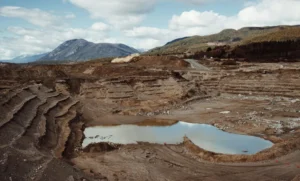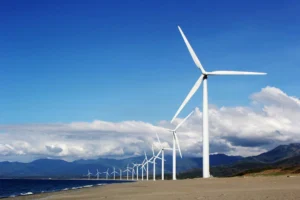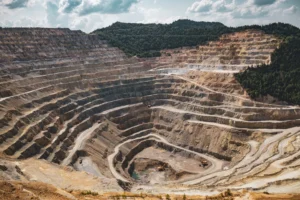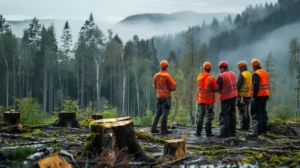A critical challenge associated with tilling is soil erosion.
Tilling is a common agricultural practice with significant effects on soil health. Did you know that tilling can increase soil erosion by up to 20%?
It also leads to a 30% reduction in soil organic matter and decreases water preservation capacity by 25%.
These figures show the importance of understanding the impact of tilling on soil degradation.
Tilling
Tilling involves turning and breaking up the soil to prepare it for planting. This method has been used traditionally in farming to control weeds and facilitate seedbed preparation. While it helps in initial crop growth, its long-term effects on soil health are increasingly concerning.
Major Environmental Problem Caused by Tilling

A Major Environmental Problem Caused by using the Agricultural Practice of Tilling is Soil Erosion
A primary environmental drawback of traditional tillage is soil erosion. This occurs when the protective top layer of soil is removed, resulting in reduced fertility, increased water pollution, and habitat loss.
Accordingly, agricultural productivity declines, and the overall ecosystem suffers, eventually threatening food security and environmental balance.
As a result, the adoption of smart agriculture or sustainable farming methods that prefer soil health is essential to lessen this critical environmental challenge.
This change towards regenerative agriculture practices is crucial for preserving our planet’s resources and securing a sustainable future.
Environmental Problems Caused by Tilling
Tilling contributes greatly to soil erosion, as it loosens the soil and makes it more open to being washed or blown away. This practice also reduces soil fertility by revealing organic matter to air, which speeds up decomposition and nutrient loss.
Also, tilling disrupts soil structure, leading to compression and loss of biodiversity as the habitat for soil organisms is disturbed. These changes not only harm the immediate environment but also affect agricultural productivity over time.
Tilling plays a role in climate change by releasing carbon dioxide stored in the soil. When soil is disturbed, carbon that was once trapped is released into the atmosphere, increasing greenhouse gas concentrations. This contributes to global warming, worsening the climate crisis.
To reduce the harmful impacts of tilling, farmers can adopt sustainable practices such as conservation tillage and no-till farming.
Conservation tillage involves minimal soil disturbance, preserving soil structure and reducing erosion.
No-till farming goes a step further by planting crops without any tilling, maintaining soil integrity and improving water preservation.
These methods are beneficial for both the environment and crop yields.
Examples
In regions like the Great Plains of the United States, extensive tilling has led to severe soil erosion, reducing the land’s agricultural productivity.
Similarly, in some parts of Africa, continuous tilling has degraded the soil, making it less fertile and more likely to droughts.
The Bottom Line
A major environmental problem caused by using the agricultural practice of tilling is soil erosion. Handling the environmental issues caused by tilling is crucial for sustainable agriculture.
By adopting practices that maintain soil health, we can protect the environment and secure long-term agricultural productivity. Shifting away from intensive tilling practices is essential for the health of our planet and future food security.




